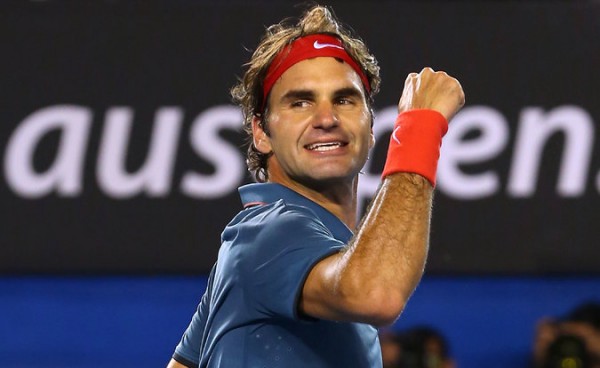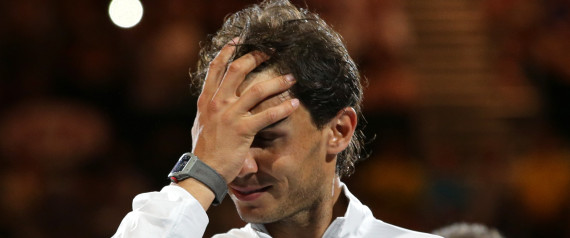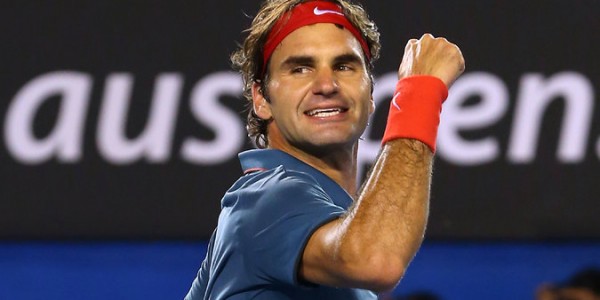
The easiest and most superficial way to compare tennis players is the number of grand slam tournaments they’ve won. Roger Federer is still the all-time leader with 17, and Rafael Nadal has some way to go before he catches up, stuck on 13. By that measurement alone Federer remains the greatest player of all time.
But that doesn’t persuade those who are convinced Nadal is the best one ever. The rationalization? Nadal’s record against Federer, which is a thumping 23-10. It’s 14-6 in tournament finals, 9-2 in Grand Slam matches and 6-2 in Grand Slam finals. The only place Federer has been able to beat Nadal in a Grand Slam tournament has been at Wimbledon.
But Rafa supporters tend to forget one thing. Each player has his peak. Federer had his between 2004 and 2007; three years in which he won 11 of the 16 possible Grand Slam titles, including three years with three Grand Slam triumphs. Rafael Nadal, in comparison, has only one year with 3 Grand Slam titles.

Consistency, longevity and another important factor: Not losing to inferior players when it matters, is something Nadal supporters forget. Federer reached 23 consecutive Grand Slam semifinals, beginning with the 2004 Wimbledon tournament (which he won) and ended when he couldn’t get past the quarterfinals in the French Open in 2010, a year after he completed his career grand slam in Paris. Federer made it to 10 consecutive Grand Slam finals, 36 consecutive men’s Major quarter-finals and from 2004 through 2009, only four Majors had their finals held without him.
Nadal came into his own when Federer was already on the decline. Beating him at the Roland Garros didn’t make him better overall, only on clay. Nadal finally beat Federer in the 2008 Wimbledon final and then again in the 2009 Australian Open final to finally get crowned as the best player right now, but since then it’s been up and down for him – a great 2010, a frustrating 2011 and 2012, a wonderful comeback in 2013. Federer had a surprising 2009, adding two more Grand Slam titles in 2010 and 2012. It’s clearly a younger man’s game, and Federer is well into his 30’s by now.
Injuries might be an unlucky thing, but staying healthy is part of the deal, part of greatness. Nadal is an all-time great, and the most dominant player on a single surface to ever been born. However, there’s something to be said about his performances at the Australian and US Open; being the king of the Roland Garros doesn’t cut it, and constantly losing to inferior players over the years has to count against him when the final measurements of who is the best of all-time are taken. At his best, Federer hardly ever lost to players ranked below him when it wasn’t in Paris, and even there, it was usually Nadal who stood in the way.
Nadal still has time to change the narrative of this story, while Federer is more of a bystander these days. His chances of winning more Grand Slam titles are running out, but it doesn’t erase everything he’s done since winning his first Grand Slam title in 2003, while not being able to best a much younger Nadal in a different phase of his career doesn’t turn him into an inferior player. He might have a matchup problem with him, but the body of work that he’s built over the years still stands alone, unrivaled, as the greatest in the history of the sport.
